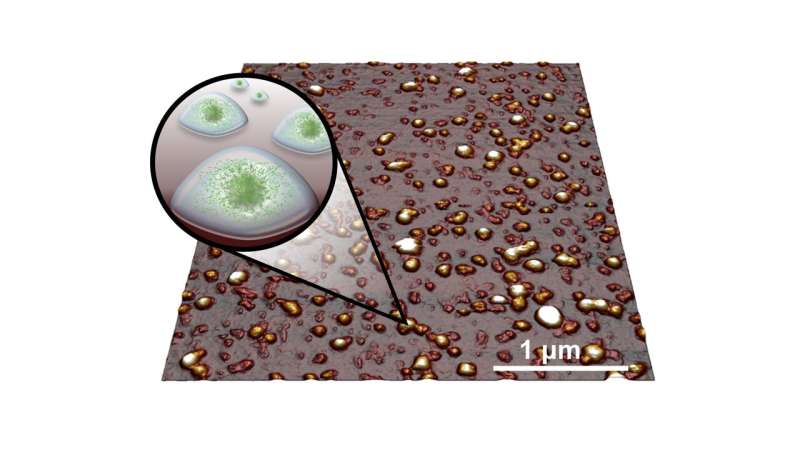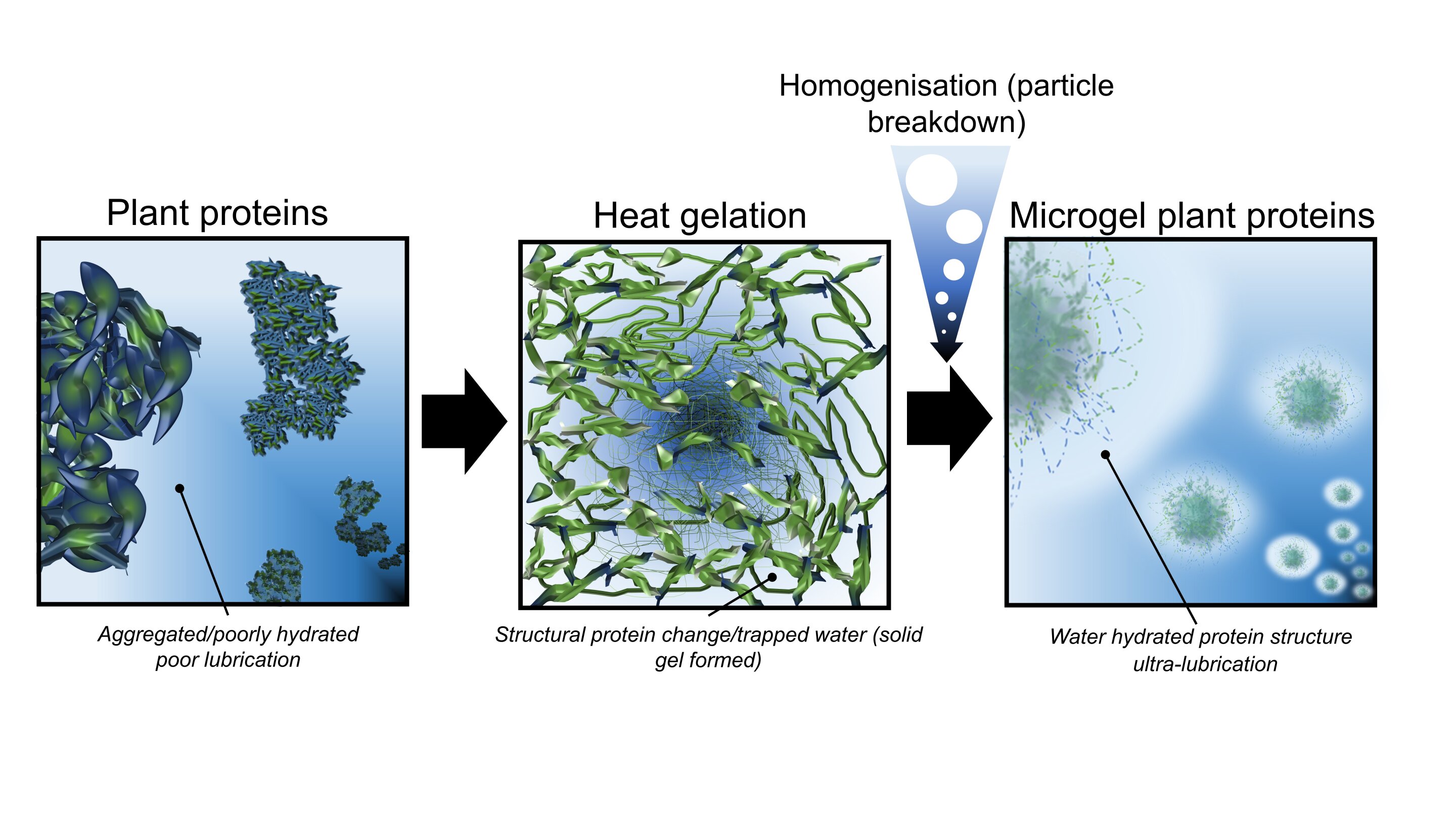Overcoming the dry and astringent texture of plant-based meat alternatives has been a major challenge in their acceptance among consumers. Now, a team of scientists led by Professor Anwesha Sarkar at the University of Leeds has developed a groundbreaking technique to make plant proteins juicier and more similar to fat. The secret ingredient? Water. By creating plant protein microgels through a process called microgeletion, the researchers were able to transform dry and rough plant proteins into a gel-like matrix that traps water, resulting in a more hydrated and palatable texture. Professor Sarkar explains that the plant protein forms a spider-like web that holds the water around it, providing the much-needed hydration and juicy feel in the mouth. Notably, this technique avoids the use of added chemicals or agents and relies solely on water. The findings of this study, published in the journal Nature Communications, have the potential to revitalize consumer interest in plant-based proteins and contribute to the reduction of animal product consumption for a more sustainable future.
Plant protein microgels: The key to improving texture
The process of creating plant protein microgels involves immersing dry plant proteins in water and subjecting them to heating. This causes the protein molecules to change shape and form a network or gel that traps water around the plant proteins. The gel is then broken down into tiny particles, known as microgels, which release water under pressure, mimicking the lubricity of single cream when eaten. Professor Sarkar emphasizes that this technique utilizes the existing process widely used in the food industry and requires no additional chemicals or additives aside from water.
Enhancing consumer acceptability and tackling climate change
The dryness of plant proteins has been a major barrier to their acceptance among consumers. By improving their texture and making them juicier, the research team hopes to revitalize consumer interest in plant-based proteins. This shift towards plant-based alternatives is crucial for meeting global climate change targets, as more than half of the carbon dioxide equivalents produced by food production come from rearing and processing animal products. The protein microgels developed in this study offer a unique platform for designing healthier, palatable, and sustainable foods.

Aside from their application in improving the texture of plant-based meat alternatives, the plant protein microgels have wider potential uses in the food processing industry. Due to their lubricity, which is comparable to that of a 20% fat emulsion, these microgels could be utilized to replace removed fats in food products, contributing to the development of healthier options. This finding is remarkable as it demonstrates that the microgels can replicate the texture of fat without the addition of any fat content. The researchers are optimistic about the future application of plant protein microgels in the reformulation of next-generation plant protein food options.
Unlocking the potential of plant protein microgels
The success of this study was confirmed through visualizations produced using atomic force microscopy. The images revealed that the protein microgels maintained spherical shapes and did not clump together. This visualization provided tangible proof of the concept predicted by the team’s mathematical modeling. Dr. Mel Holmes, one of the authors of the study, highlights the interdisciplinary nature of this research, which encompasses chemistry, sensory perception, and tribology – the study of friction between materials and sensory cells in the mouth. The team’s innovative approach offers not only a solution to the texture problem of plant-based proteins but also opens doors to further advancements in food science and technology.
More information:
Ben Kew et al, Transforming sustainable plant proteins into high performance lubricating microgels, Nature Communications (2023). DOI: 10.1038/s41467-023-40414-7
Citation:
Making plant-based meat alternatives more palatable with protein microgels (2023, August 14)
retrieved 14 August 2023
from https://phys.org/news/2023-08-plant-based-meat-alternatives-palatable-protein.html
This document is subject to copyright. Apart from any fair dealing for the purpose of private study or research, no
part may be reproduced without the written permission. The content is provided for information purposes only.
Denial of responsibility! TechCodex is an automatic aggregator of the all world’s media. In each content, the hyperlink to the primary source is specified. All trademarks belong to their rightful owners, and all materials to their authors. For any complaint, please reach us at – [email protected]. We will take necessary action within 24 hours.

Jessica Irvine is a tech enthusiast specializing in gadgets. From smart home devices to cutting-edge electronics, Jessica explores the world of consumer tech, offering readers comprehensive reviews, hands-on experiences, and expert insights into the coolest and most innovative gadgets on the market.


